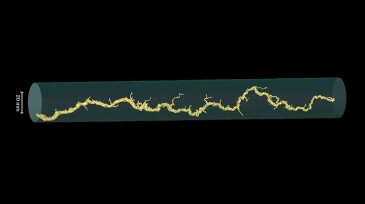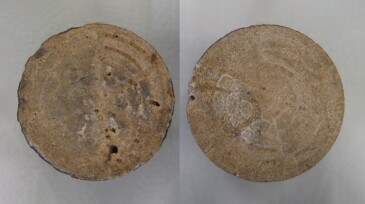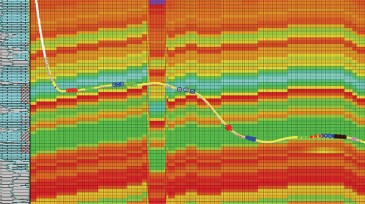carbonates
-
Two well-test logging operations have been carried out for the first time in a conventional carbonate reservoir in safe operating conditions and with repeatable results.
-
HCl acid stimulation of carbonate production requires the retardation of the HCl-carbonate rock reaction to achieve the optimum balance between total fluid used and the enhancement of well production. The described investigation was done offshore Sarawak using Indiana Limestone cores.
-
This paper describes a study aiming to provide input for the well-completion-strategy design and operational parameters for a carbonate reservoir experiencing electrical-submersible-pump failures.
-
The authors of this paper propose a new chemical treatment for efficient remediation of water- or hydrocarbon-phase-trapping damage in low-permeability porous media.
-
The implementation of fishbone stimulation helped to more than double estimated well productivity and tripled the production rate in a tight carbonate reservoir well compared with conventional stimulation during initial testing.
-
The authors describe a carbonate reservoir stimulation technique able to deploy acids in the rock far away from the wellbore through mechanically drilled holes with known depths and azimuths.
-
This paper summarizes the design processes, selection criteria, challenges, and lessons learned during design and execution phases for fracturing in a tight, low-permeability carbonate reservoir with thin layers.
-
Hydrochloric acid continues to be the most effective and low-cost material for carbonate stimulation. Though exotic chemistries such as chelating agents and organic acids have been promoted for being less corrosive at high temperatures, the cost and dissolving capacity limit their use to large-scale implementation. The ability to inhibit the corrosion tendency of hydr…
-
Petrobras completed a drillstem test (DST) in the Júpiter Discovery Assessment Plan, located in the Santos Basin pre-salt carbonate reservoir.
-
Several well-stimulation products and techniques have been seen to benefit well productivity from recent field trials and implementations in carbonate reservoirs, including simpler acid fluid systems, integrated work flows, and coiled-tubing bottomhole assemblies.










